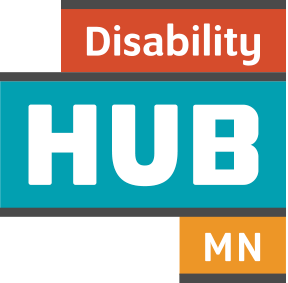In Minnesota, we're committed to ensuring that all people with disabilities have the opportunity to work in competitive integrated employment.
The opportunities for people with disabilities to earn a competitive wage and work alongside colleagues without disabilities have changed over the past decade. In the past, people with disabilities were expected to stay home or to work in places separated from community businesses. That expectation is changing. Below are some of the most important policies that have helped bring about this change.
